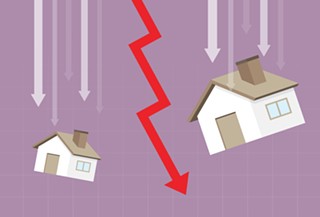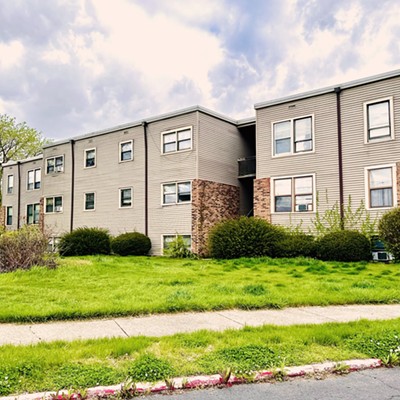By Holly A. Whisler
Uncertainty about the economy and inflation concerns are tamping down what had previously been a red-hot real estate market, and companies that have moved to hybrid work models are adjusting their office space needs accordingly, according to a panel of commercial real estate experts.
Lawrence Yun, National Association of REALTORS chief economist and senior vice president of research, moderated NAR’s fourth annual real estate summit, held virtually on Dec. 13, 2022. The summit brings together economists, demographic experts and real estate professionals who share their major takeaways of the previous year’s market and then provide insights and forecast trends for the coming year.
All sectors of commercial real estate were addressed by a four-person panel that included Jessica Morin, research director for CBRE; Igor Popov, chief economist at ApartmentList.com; Jay Parsons, senior vice president and chief economist for RealPage and KC Conway, chief economist for CCIM Institute and co-founder of Red Shoe Economics. Nadia Evangelou, NAR’s senior economist and director of real estate research, moderated the commercial panel. She set the stage by recalling market conditions from the first quarter of 2022 when mortgage interest rates and inflation were on the rise, and there was strong demand across all sectors of commercial real estate. Evangelou asked the panelists to share what has changed from their perspective since that time.
In the office sector, Morin said, “Macroeconomic conditions have changed, and tenants are more cautious and cost-conscious with concerns over increased inflation and rising mortgage rates.” Many companies are entering cost-containment mode, which may include hiring freezes, layoffs and reviewing under-utilized real estate space.
Popov reported a “shift in the balance of the multifamily rental market from a supply constrained market in 2022 to a demand-constrained market in 2023.” The first quarter of 2022 showed record rent growth, whereas Popov described the current market as being very cool.
Parsons shared that sentiment as he described a tremendous deceleration of rental demand following the first quarter of 2022. He attributes this to low consumer confidence and an overall lack of household formation. Parsons also said that there was not the usual “bump in rents from college graduates this year. They are likely going back home until they feel better about the economy.”
From the industrial perspective, Conway claimed that continued disruptions in the supply chain are further complicating the economy. He said, “We are in the midst of completely remaking our supply chain from one that was concentric in Los Angeles on the west coast, to one that has moved east and down south.” Remaking the supply chain is going to take some time, and that makes industrial a long-term trend, according to Conway.
Evangelou asked the panelists what can be expected from the commercial real estate market going forward, and what are the trends brokers might anticipate?
With the wide adoption of hybrid workplaces, companies are analyzing their real estate portfolios to ensure that space is available for anticipated growth and that it is aligned with the needs of their workforce, explained Morin. The hybrid environment requires more space for collaboration and less space for desks and cubicle walls. Work that requires concentration is the type of work employees prefer to do at home. It’s collaboration with team members and meetings with clients that bring people to the office. Thus, the goal is to design office space for optimum efficiency. As a result, companies may decrease the space they’re using, but upgrade the quality of space to magnetize top talent.
Morin emphasized right-sizing and cost containment as trends in office space. A truly hybrid workplace requires enough space to ensure that no employee is ever turned away, especially during peak occupancy, due to a lack of space. To accomplish this goal, property managers will track how and when office space is occupied and how it is being utilized so that better design decisions are made in the future. “The long-term expectation is a 15% reduction in office space per worker,” said Morin.
Parsons noted three trends in the use of technology and property management: First, there’s a focus on efficiency without sacrificing performance such as utility management, smart waste management to reduce costs and smart digital marketing; secondly, focus on retention of staff and residents; and, third, emphasize bottom-line pricing in order to fill units, especially in a low-demand environment.
According to Conway, “Retail is not coming back.” He said that some malls are not opting for redevelopment, but “mall space in the suburbs is doing well because people who are working from home are consuming near home.” Furthermore, he believes remote work will be to office what e-commerce was to big box – destruction.
And, most importantly, Conway said, “Our industry is very capital-dependent, and it is being starved of capital. This will be the story in 2023 as we figure out how to reprice real estate when mortgage rates are at seven, eight or nine percent.”
















